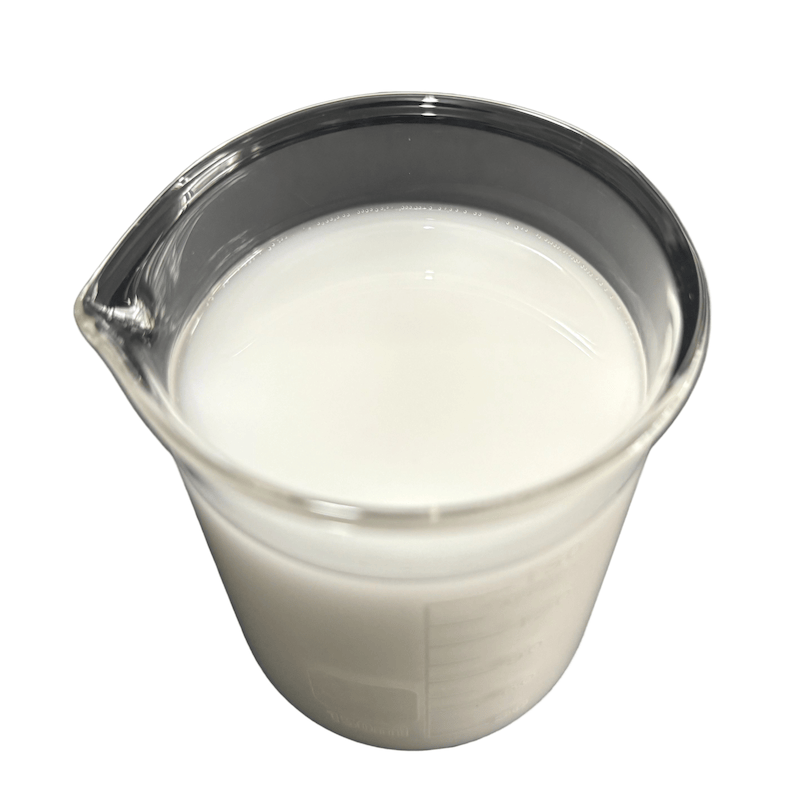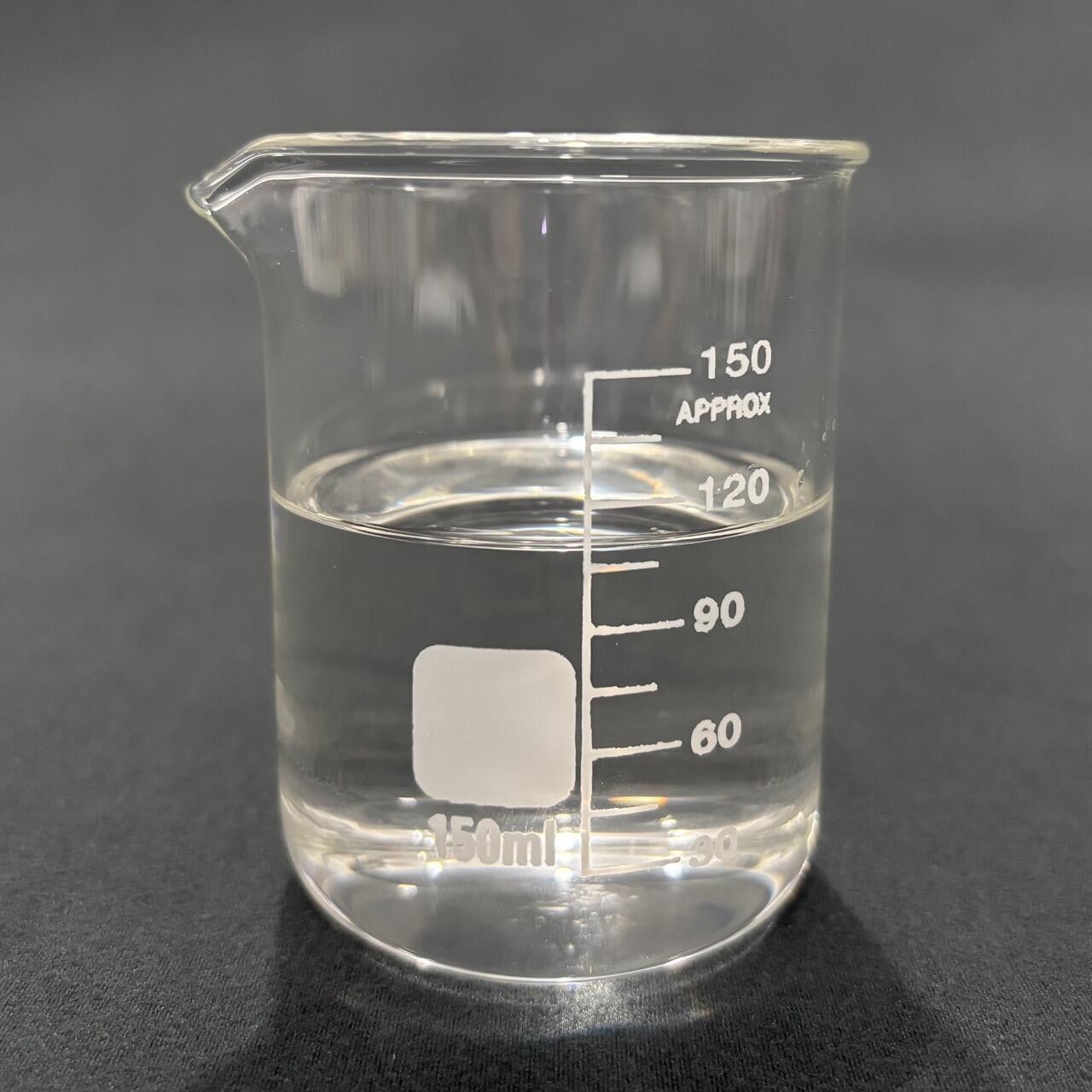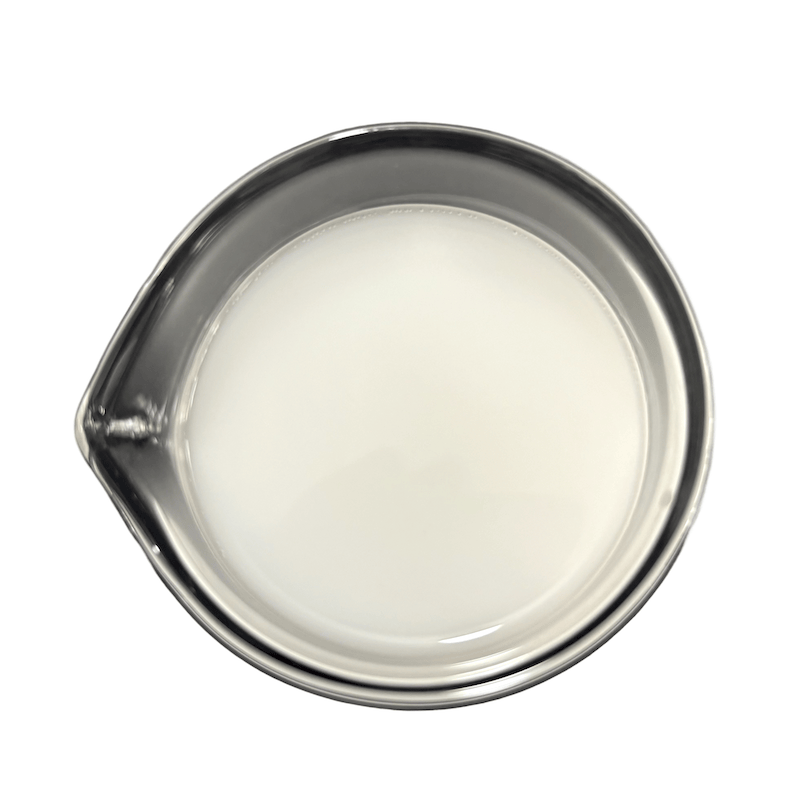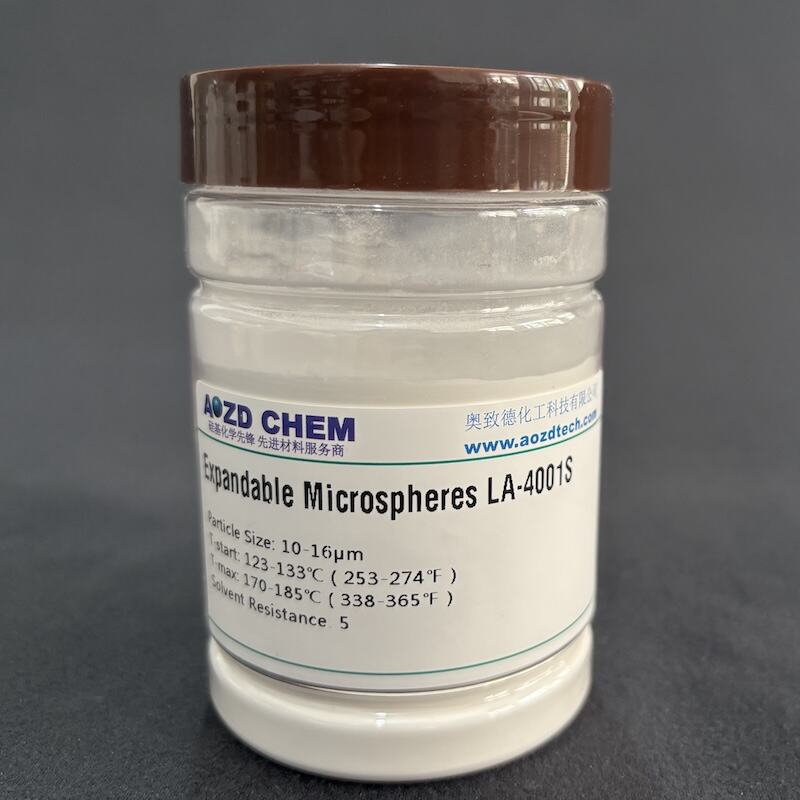leather chemical additives
Leather chemical additives are essential components in modern leather processing, serving as crucial elements that enhance both the functional and aesthetic properties of leather products. These specialized chemicals are designed to improve various aspects of leather processing, including tanning efficiency, dyeing performance, and final product quality. The additives encompass a wide range of substances, from tanning agents and dye carriers to finishing chemicals and protective coatings. They play vital roles in multiple stages of leather processing, starting from the pre-tanning phase through to the final finishing touches. These additives help in achieving specific characteristics such as water resistance, color fastness, softness, and durability. Modern leather chemical additives are developed using advanced technologies that ensure optimal performance while maintaining environmental compliance. They are formulated to work effectively at molecular levels, creating strong bonds with leather fibers and ensuring lasting results. The application of these additives requires precise control and expertise, as their effectiveness depends on factors such as temperature, pH levels, and processing time. In the contemporary leather industry, these additives have become indispensable tools for achieving consistent quality and meeting diverse market demands, from automotive leather to high-end fashion accessories.








